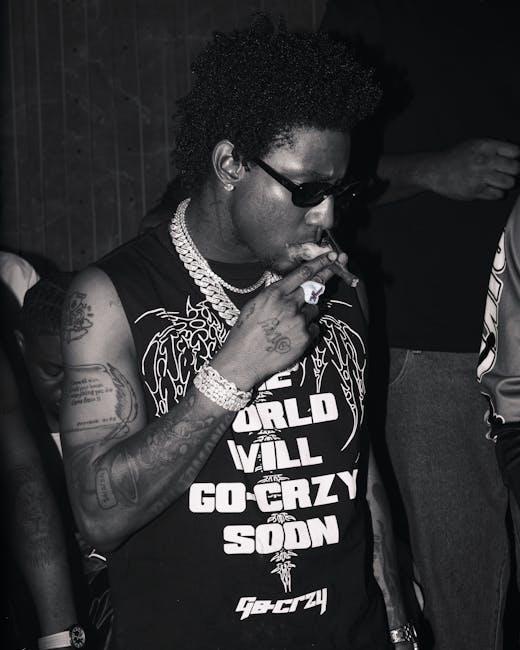In the ever-evolving world of fashion, the runway is only the beginning. Beyond the glittering lights and carefully curated ensembles lies a dynamic ecosystem shaped by an often-overlooked influencer: the crowd. From the whispers in the front row to the viral buzz on social media, public reactions breathe life into every fashion statement. This interplay between designers’ bold visions and the audience’s responses reveals as much about cultural currents as the garments themselves. Exploring crowd reactions to fashion statements offers a fascinating lens through which to understand not just style trends, but the social fabric they reflect and reshape.
Table of Contents
- Crowd Dynamics and the Power of First Impressions
- Decoding Emotional Responses to Bold Fashion Choices
- The Role of Social Context in Shaping Collective Opinions
- Analyzing Patterns in Positive Versus Negative Reactions
- Strategies for Designers to Harness and Influence Crowd Feedback
- Building Inclusive Fashion Narratives Through Crowd Engagement
- Q&A
- To Conclude
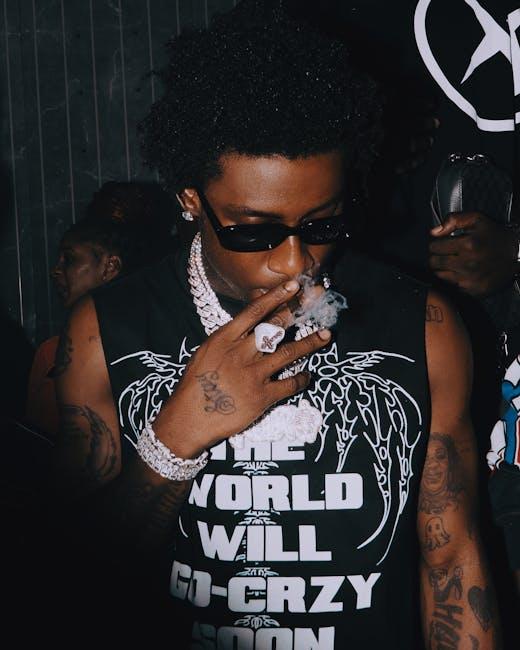
Crowd Dynamics and the Power of First Impressions
When individuals step into a shared space, their fashion choices instantly serve as nonverbal communication signals that quickly sway crowd perception. The initial moments are pivotal, as people subconsciously categorize others based on subtle cues—from color contrasts to texture play. These fleeting judgments ignite a domino effect, where the crowd’s collective vibe shifts in response to the earliest visual impressions. This phenomenon harnesses the power of first impressions, where a striking accessory or bold pattern can set a trend or ignite curiosity among onlookers.
Understanding this dynamic reveals how groups organically coordinate their reactions, amplifying or dampening individual statements. Key factors that influence this include:
- Visibility: Bold or unique features capture immediate attention.
- Context: The social or cultural setting shapes perception and acceptance.
- Movement: How the individual navigates the space affects focus and reactions.
| Factor | Effect on Crowd | Example |
|---|---|---|
| Color Choice | Draws eyes and influences mood | Bright red jacket sparks excitement |
| Accessory | Signals personality or status | Vintage brooch attracts admiration |
| Silhouette | Affects perceived confidence | Structured blazer commands respect |
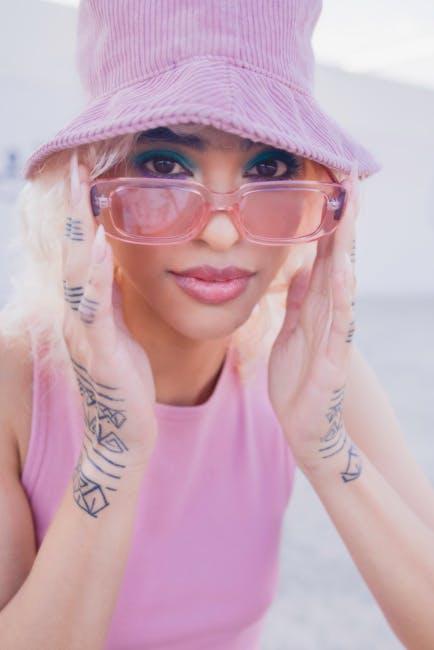
Decoding Emotional Responses to Bold Fashion Choices
When individuals showcase daring fashion choices, the crowd’s emotional reactions often mirror a complex interplay of admiration, surprise, and sometimes, skepticism. Bold attire serves as both a canvas and a catalyst, provoking intense feelings that vary widely based on cultural background, personal taste, and social context. Some viewers feel invigorated by the audacity of such style statements, associating them with confidence and individuality, while others might subconsciously perceive them as disruptive to traditional aesthetic norms. This emotional spectrum reveals how clothing becomes an unspoken dialogue between the wearer and the observer, rich with layers of psychological impact.
Analyzing these responses uncovers patterns that can be categorized into three core emotional groups, as illustrated below:
| Emotional Response | Typical Crowd Behavior | Underlying Reason |
|---|---|---|
| Awe | Applause, smiles, focused attention | Admiration for creativity and courage |
| Discomfort | Glances away, whispers, hesitations | Fear of the unfamiliar or breaking norms |
| Curiosity | Questions, social media sharing, discussions | Desire to understand and explore new ideas |
- Confidence triggers inspiration as viewers often project aspirations onto the wearer’s boldness.
- Social conditioning shapes judgment, influencing whether reactions are welcoming or critical.
- The unpredictability of fashion keeps audiences engaged, constantly recalibrating emotional responses.
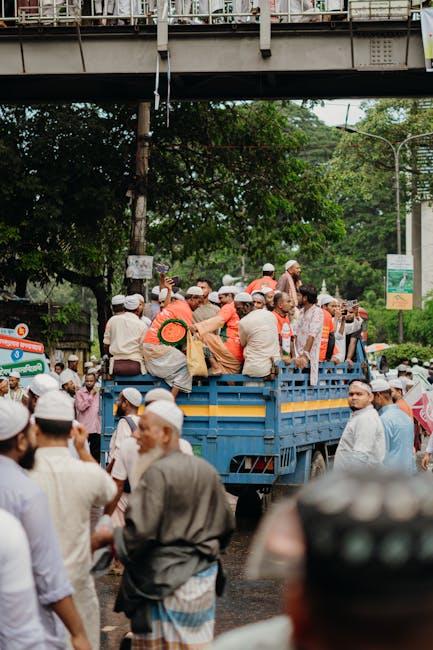
The Role of Social Context in Shaping Collective Opinions
In the whirlwind of fashion, individual preferences rarely exist in isolation. The environment in which people encounter new styles—their social circles, media influence, and cultural backdrop—plays a pivotal role in molding collective reactions. When a bold outfit debuts on the streets or a runway, it often triggers an immediate ripple effect, as observers subconsciously weigh their responses against the collective mood. This dynamic creates a feedback loop, where admiration or critique amplifies through shared spaces, fueling a group’s consensus on what’s trendy or passé.
Within this social setting, several factors dictate how collective opinions emerge:
- Peer validation: Approval from friends or influencers often elevates a fashion statement’s appeal.
- Media portrayal: Visual storytelling shapes perceptions, framing certain styles as aspirational or controversial.
- Cultural narratives: Fashion choices resonate differently depending on the community’s values and history.
| Factor | Impact on Opinion |
|---|---|
| Peer Validation | Encourages trend adoption |
| Media Influence | Frames fashion desirability |
| Cultural Narrative | Shapes acceptance or rejection |
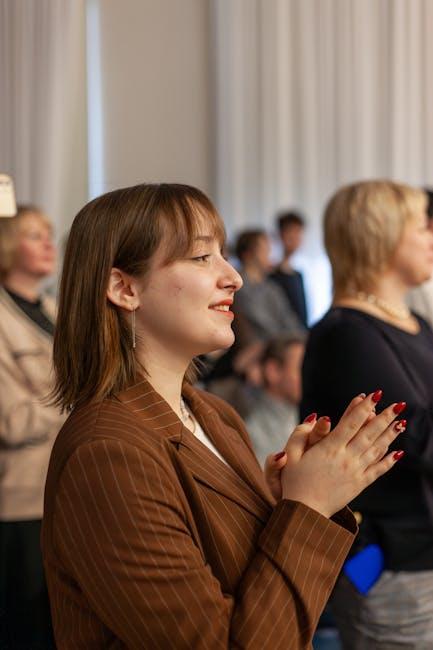
Analyzing Patterns in Positive Versus Negative Reactions
When dissecting the emotional pulse of crowds, it’s evident that positive reactions often stem from familiarity and aspirational elements. Attendees gravitate towards styles that echo their personal tastes or cultural aesthetics, which imbues the moment with a sense of shared identity. This collective appreciation is amplified by elements like vibrant colors, approachable cuts, and wearable innovation. On the other hand, negative reactions surface primarily when designs challenge normative boundaries without adequate narrative context, leaving the audience disconnected or even resistant.
Examining the dynamics more closely reveals distinct traits influencing either end of the sentiment spectrum:
- Positive Reactions: Comfort, relatability, and a nod to contemporary trends.
- Negative Reactions: Overcomplexity, perceived impracticality, and abrupt stylistic shifts.
- Neutral Spaces: Ambiguity in design or mixed cultural references that split audience opinions.
| Reaction Type | Common Characteristics | Audience Impact |
|---|---|---|
| Positive | Inclusive designs, wearable innovation | Increased engagement, social sharing |
| Negative | Over-the-top, alienating styles | Criticism, diminished interest |
| Neutral | Experimental, ambiguous themes | Mixed feedback, curiosity |
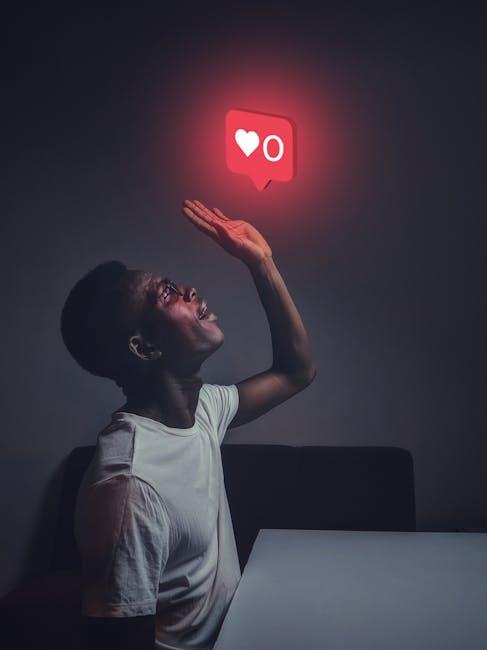
Strategies for Designers to Harness and Influence Crowd Feedback
Designers can tap into the dynamic pulse of crowd feedback by creating interactive platforms that invite genuine dialogue. Engagement tools such as live polls during runway shows or real-time social media hashtags empower audiences to voice their preferences instantly, providing designers with raw and immediate insights. Additionally, fostering community-driven lookbooks where fans can vote and suggest alterations not only democratizes the design process but also builds a loyal following, transforming spectators into co-creators of fashion narratives.
To effectively influence crowd sentiment, designers must blend data analytics with emotional storytelling. By analyzing feedback trends visually—through intuitive dashboards or WordPress-integrated heatmaps—they can identify which elements resonate most. Incorporating these insights strategically into upcoming collections allows for subtle shifts that validate audience voices without compromising artistic integrity. Below is a simple framework to balance feedback integration and design originality:
| Feedback Type | Design Response | Impact |
|---|---|---|
| Positive Trends | Amplify key elements | Reinforces brand appeal |
| Constructive Criticism | Refine or adjust details | Enhances user satisfaction |
| Contrarian Views | Consider niche versions | Expands market segments |
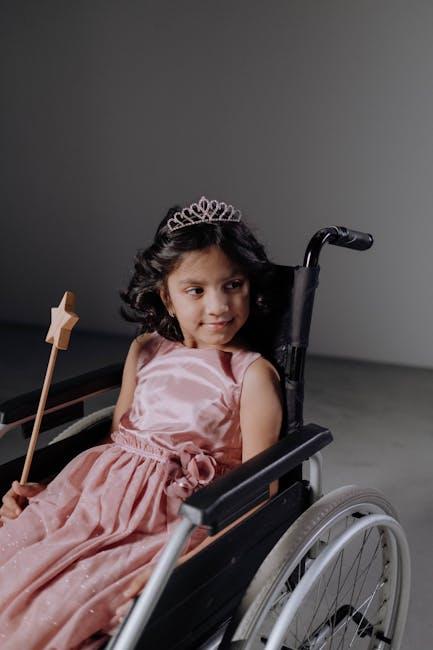
Building Inclusive Fashion Narratives Through Crowd Engagement
Engaging the crowd in the dialogue around fashion encourages a rich tapestry of perspectives, ensuring that every voice contributes to a more diverse and vibrant narrative. When audiences participate, they don’t just react—they co-create meaning by sharing stories, preferences, and critiques that reflect their cultural backgrounds, experiences, and identities. This dynamic interaction fosters a sense of belonging and elevates underrepresented styles, making fashion a living, inclusive conversation rather than a monologue dictated by trendsetters alone.
Key benefits of crowd engagement in fashion narratives include:
- Amplification of diverse cultural expressions that challenge mainstream norms.
- Real-time feedback that helps designers and brands adapt more authentically.
- Community-driven innovation where unconventional ideas gain momentum and visibility.
| Engagement Element | Impact on Fashion Narrative |
|---|---|
| User-generated styling challenges | Encourages creativity and peer interaction across demographics |
| Live polls on design features | Provides inclusive input that shapes product lines |
| Story-sharing platforms | Highlights personal and cultural histories behind fashion choices |
Q&A
Q&A: Crowd Reactions to Fashion Statements
Q1: Why do crowds respond so passionately to certain fashion statements?
A1: Fashion is a language that speaks beyond words — it conveys personality, values, and sometimes rebellion. When individuals step out in bold or novel styles, crowds often react emotionally, projecting admiration, curiosity, or even discomfort. These reactions stem from collective cultural codes and the intrigue of witnessing personal expression unfold in real time.
Q2: Can crowd reactions influence fashion trends?
A2: Absolutely. The crowd acts as a powerful feedback loop in the fashion ecosystem. Positive buzz and visible enthusiasm can catapult a fringe style into mainstream acceptance. Conversely, negative reactions might push designers and wearers to rethink or refine their approach. In this way, crowds don’t just witness fashion — they help shape it.
Q3: How do fashion statements challenge social norms, and what role do crowd reactions play in this?
A3: Fashion statements often push boundaries around identity, gender, and societal expectations. When a crowd encounters a daring or unconventional look, their reactions can either reinforce existing norms through skepticism or champion change through support. This dynamic interaction highlights the evolving dialogue between individuality and collective values.
Q4: Are crowd reactions to fashion universal, or do they vary across cultures?
A4: While the impulse to respond to visual expression is universal, the nature of crowd reactions varies widely across cultural contexts. What’s celebrated as avant-garde in one society might be misunderstood or frowned upon in another. These differences underscore how fashion is deeply intertwined with cultural narratives and historical moments.
Q5: How do social media and digital platforms alter crowd reactions to fashion?
A5: Social media magnifies and accelerates crowd reactions, turning localized responses into global conversations. Instant likes, shares, and comments can amplify enthusiasm or criticism, influencing how fashion statements are perceived and adopted. Digital platforms also democratize fashion commentary, allowing diverse voices to contribute to the dialogue.
Q6: What can designers learn from observing crowd reactions?
A6: Designers gain invaluable insights by tuning into crowd responses. Observing what captivates or alienates audiences helps refine creative direction and anticipate cultural shifts. Ultimately, understanding crowd dynamics can inspire more meaningful, resonant fashion that bridges artistry with public sentiment.
Q7: Do crowd reactions have a lasting impact on a wearer’s identity?
A7: They certainly can. A positive reception may empower an individual’s self-expression and confidence, while negative or hostile reactions might prompt reconsideration or resilience. Over time, these interactions contribute to how people negotiate their style as a core part of their identity within their social worlds.
To Conclude
As the final applause fades and the runway lights dim, the true spectacle of fashion reveals itself not just in fabric and form, but in the faces of the crowd. Their gasps, whispers, and nods compose an unspoken dialogue—an ever-evolving tapestry of acceptance, surprise, and critique. Crowd reactions, unpredictable and vivid, remind us that fashion is more than design; it is a shared experience that bridges creator and observer. In this dynamic exchange, every statement made on the stage finds its echo in the hearts of those who witness it—turning fleeting moments into lasting cultural imprints.

